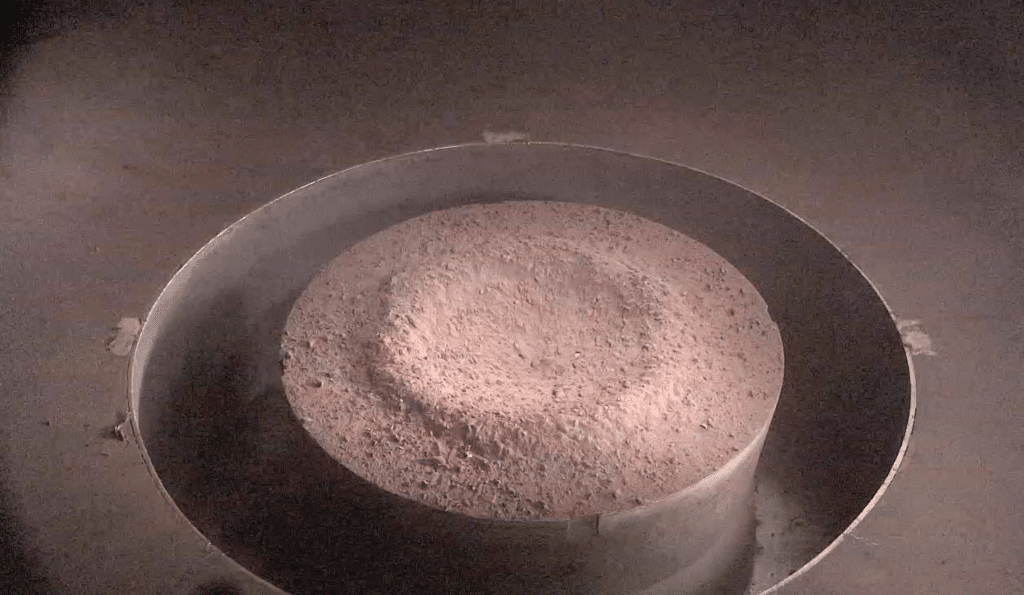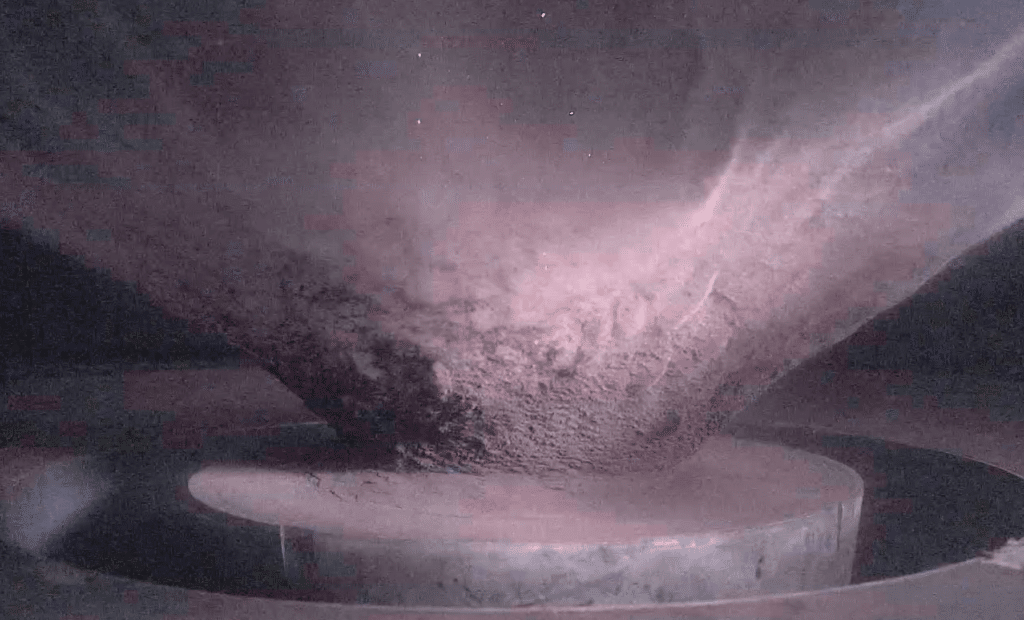Researchers uncover new insights about organic molecules on the dwarf planet Ceres, pointing to the celestial body’s potential for past habitability.
Recent studies from NASA’s Dawn mission have revealed that Ceres, the dwarf planet sitting in the asteroid belt between Mars and Jupiter, is more than just another space rock. New findings suggest that Ceres hosts complex organic molecules, the building blocks necessary for life as we know it, raising intriguing questions about life beyond Earth.
In 2017, scientists were ecstatic to discover complex organic molecules, known as aliphatics, on Ceres. Picture these molecules like tiny, intricate chains made of carbon and hydrogen—the building blocks of life as we know it. What’s more, Ceres isn’t a barren world; it boasts abundant water ice and might have even cradled an ocean once upon a time. These revelations present Ceres as a significant piece in the cosmic puzzle of life’s existence beyond Earth.
Since the initial discovery of these aliphatic compounds, determining their origins has become a focal point of research. The scientific community has debated whether these organics were deposited on Ceres by an impacting comet or other celestial bodies rich in organic material, or if they were synthesized on Ceres itself, where conditions may have allowed for the formation of these compounds.
Terik Daly, a planetary scientist at the Johns Hopkins Applied Physics Laboratory, and his team have made strides in understanding how these molecules ended up on Ceres. “We are finding that organics may be more widespread than first reported and that they seem to be resilient to impacts with Ceres-like conditions,” explains Daly in a media release, providing insights into how these crucial compounds have survived the bombardment that Ceres has endured over billions of years.
Daly’s team capitalized on data from the Dawn spacecraft, which revealed Ceres’s surface is heavily cratered—evidence of frequent impacts over its history. They conducted experiments at the NASA Ames Vertical Gun Range to simulate these cosmic collisions, helping to understand how such violent encounters might affect Ceres’s aliphatic compounds.

Jessica Sunshine, an astronomer at the University of Maryland, and Juan Rizos, now an astrophysicist at Spain’s Instituto de Astrofisica de Andalucia, contributed significantly to this cosmic detective work. They applied a novel approach, merging data from Dawn’s camera and its imaging spectrometer, which provided a much more detailed view of Ceres’s organics. “People had looked at the Dawn camera data and the Dawn spectrometer data separately, but no one else had taken the approach our team used,” Sunshine explains.
This innovative method sharpened their cosmic vision, allowing them to map organic-rich areas across Ceres with unprecedented precision.
Their collective analysis led to some exciting possibilities. “We can see a very good correlation of organics with units from older impacts and with other minerals like carbonates that also indicate the presence of water,” Rizos notes, underscoring that these organics likely formed on Ceres itself.
This insight shifts our perspective on Ceres from just a mere space rock to a body with significant astrobiological potential. It might even be hiding a vast reservoir of organics deep within, waiting to tell its stories of the cosmos.
The analysis suggests that the organics are likely native to Ceres, having formed in the presence of water. This possibility is particularly exciting to researchers, as it further supports the dwarf planet’s potential to have harbored conditions favorable for life.
Looking ahead, the team anticipates that NASA’s Lucy mission, which will explore Jupiter’s Trojan asteroids, could deepen our understanding of organics in our solar system. “Comparisons to Ceres will help us understand the distribution of organics in the outer solar system,” Sunshine projects, emphasizing the importance of continued space exploration.
Moreover, with the U.S. National Academy of Sciences advocating for a sample-return mission from Ceres, the prospects for future breakthroughs are high. While such a mission might be several decades away, the current research represents a crucial step forward in our ongoing quest to understand the universe and our place within it.
The researchers presented their findings at the Geological Society of America’s GSA Connects 2023 meeting.












